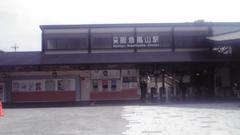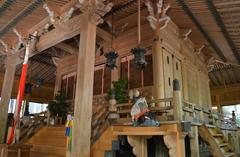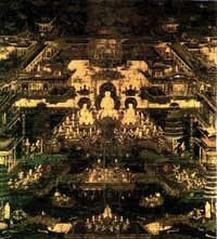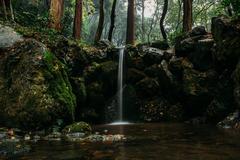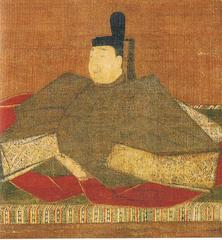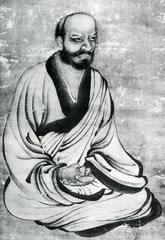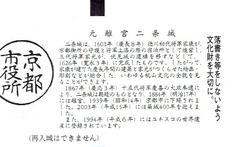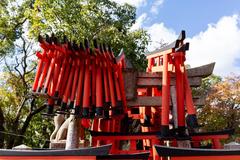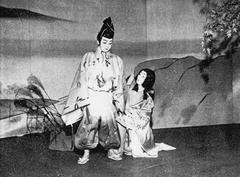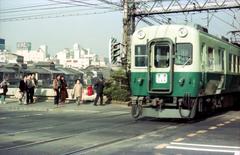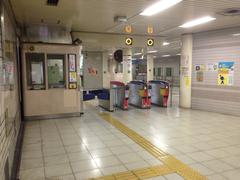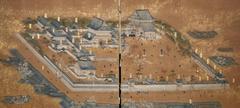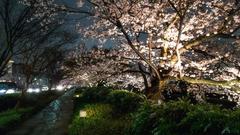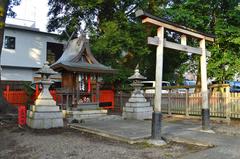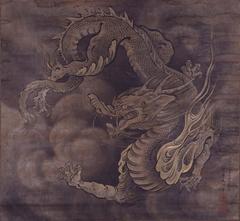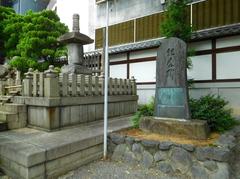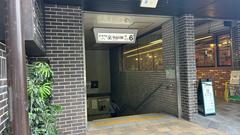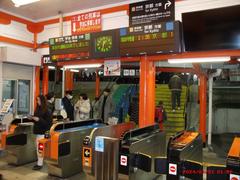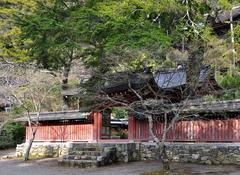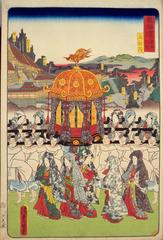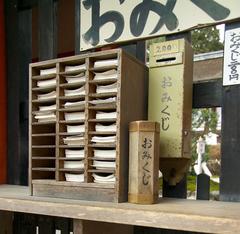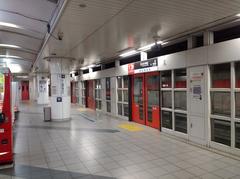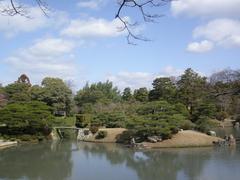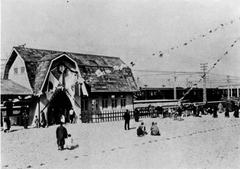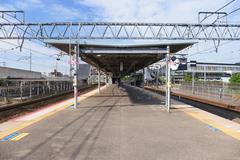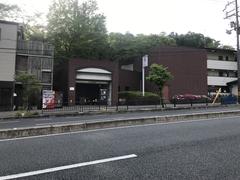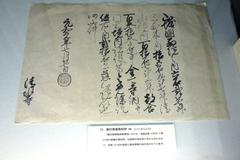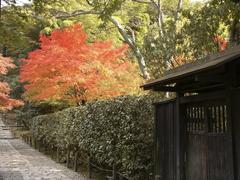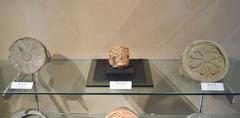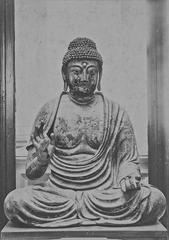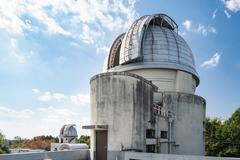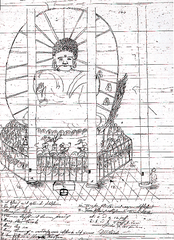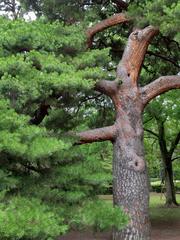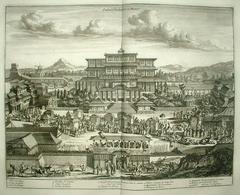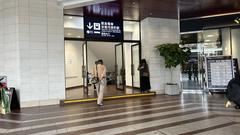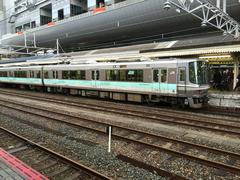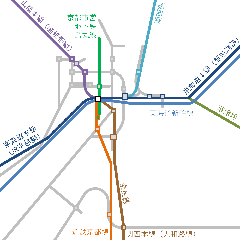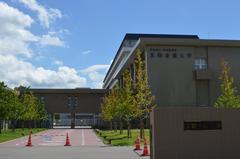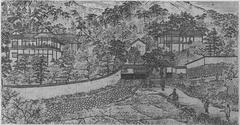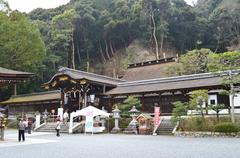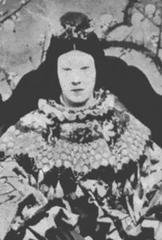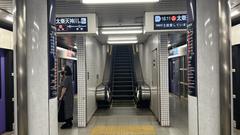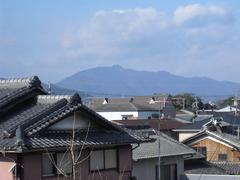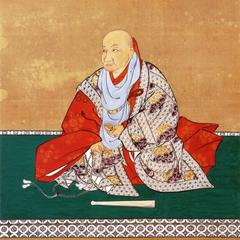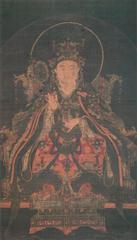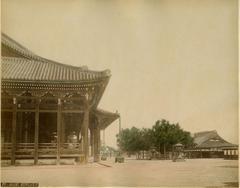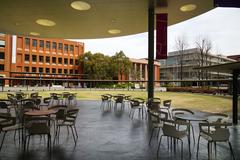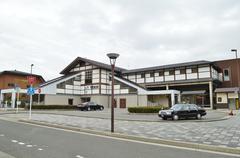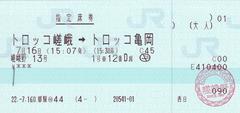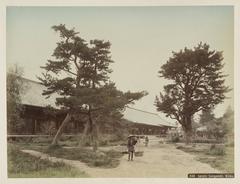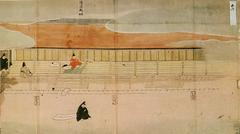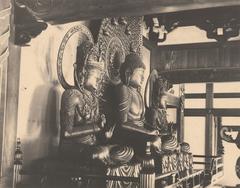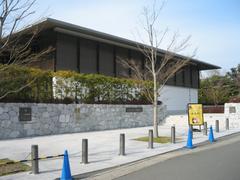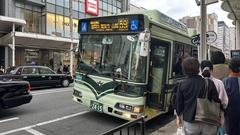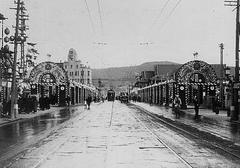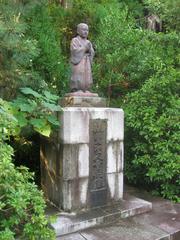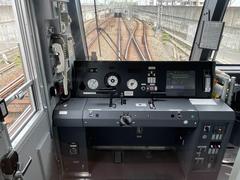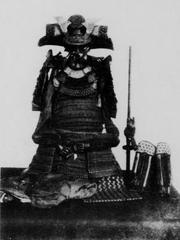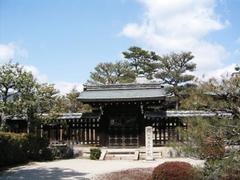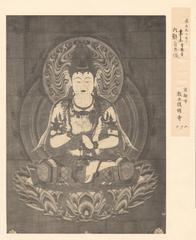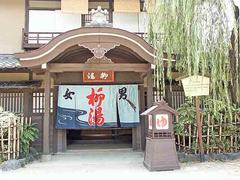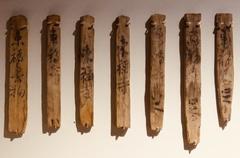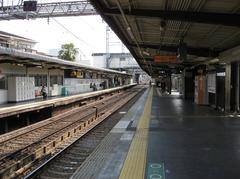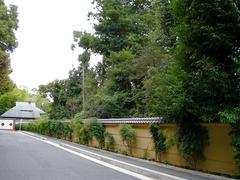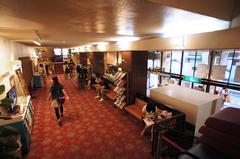Momoyama Station Kyoto: Visiting Hours, Tickets, and Travel Guide
Date: 04/07/2025
Introduction
Nestled in Kyoto’s historic Fushimi district, Momoyama Station is more than just a transit hub—it’s the gateway to a region steeped in Japan’s feudal, imperial, and cultural legacy. The Momoyama area is renowned for its pivotal role in Japanese history, its stunning seasonal landscapes, and its vibrant sake brewing tradition. This comprehensive guide covers everything you need to know for your visit, including the historical context, access details, visiting hours, ticketing, accessibility, and nearby attractions. Whether you’re a history enthusiast, sake aficionado, or cultural explorer, Momoyama Station offers a rich and immersive experience (Gekkeikan, Japan Travel, Japan Transfer).
Contents
- Introduction
- Historical Evolution of Momoyama Station and Area
- Origins and Azuchi-Momoyama Period
- Fushimi (Momoyama) Castle
- Cultural Significance and Local Legends
- Imperial Mausoleum of Emperor Meiji
- Urban Heritage and Sake Brewing
- Visitor Information
- Access and Transportation
- Visiting Hours and Admission
- Tickets and Guided Tours
- Accessibility
- Nearby Attractions
- Seasonal Events and Festivals
- Practical Tips and FAQ
- Summary and Conclusion
- Sources
Historical Evolution of Momoyama Station and Area
Origins and the Azuchi-Momoyama Period
The name “Momoyama” derives from the Japanese words for “peach” (momo) and “mountain” (yama), referencing the peach trees that once adorned the hills around Fushimi Castle. The area rose to national prominence during the Azuchi-Momoyama Period (1573–1603), a transformative era that set the stage for Japan’s unification under leaders like Oda Nobunaga and Toyotomi Hideyoshi (Gekkeikan). Fushimi’s strategic location, where major roads such as the Saigoku-kaido and Yamato-kaido converged, made it a vital crossroads for commerce and travel between Kyoto, Nara, and Osaka.
Fushimi (Momoyama) Castle
Fushimi Castle, also known as Momoyama Castle, stands as the area’s most iconic landmark. Originally built in 1592 by Toyotomi Hideyoshi, it served as both a military stronghold and a luxurious residence. The castle witnessed significant historical events, notably the 1600 siege involving Torii Mototada, whose loyalty became legendary. After several reconstructions and eventual decommissioning, the current castle keep is a 1964 concrete replica, part of Fushimi Momoyama Castle Sports Park (Japan Travel, Kanpai Japan). Although the interior has been closed since 2003, the park and castle exterior remain open to the public.
Cultural Significance and Local Legends
The Azuchi-Momoyama Period is celebrated for its bold artistic and architectural innovations, reflected in the grand style of Fushimi Castle and the flourishing of decorative arts. The story of Torii Mototada and his retinue, who committed ritual suicide (seppuku) during the castle’s siege, is memorialized in temple ceilings throughout Kyoto, serving as a powerful symbol of loyalty and sacrifice (Japan Travel). The area’s abundance of peach blossoms also established it as a favorite hanami (flower viewing) destination during the Edo period—a tradition that endures today.
Imperial Mausoleum of Emperor Meiji
In 1912, the main bailey of the original castle grounds was designated as the site for Emperor Meiji’s mausoleum (Fushimi-no-Momoyama-no-Misasagi). This tranquil imperial tomb, set amidst verdant gardens, draws visitors seeking both historical insight and spiritual reflection (Gekkeikan).
Urban Heritage and Sake Brewing
Momoyama’s urban landscape retains vestiges of its feudal past, with Ote Street and its stone walls incorporating materials from the original castle. The area is also famed for its pristine water, celebrated since the Heian period and essential to the development of the Fushimi sake brewing industry. The Gokonomiya Shrine, named for its sweet-smelling water, continues to be a focal point for local tradition (Gekkeikan).
Visitor Information
Access and Transportation
Momoyama Station is served by the JR Nara Line, providing direct access from Kyoto Station in about 10–12 minutes. Additional nearby stations include Momoyama-Goryomae (Kintetsu Kyoto Line) and Fushimi-Momoyama (Keihan Main Line), all within walking distance of key attractions (Japan Transfer). City buses and taxis are widely available, and the area is also accessible by bicycle, with rental shops in central Kyoto (Japan Transfer).
Visiting Hours and Admission
- Fushimi Momoyama Castle Park: Open daily, 9:00 AM–5:00 PM (last entry 4:30 PM). The castle interior is closed, but the park and exterior are free to access.
- Emperor Meiji Mausoleum: Open during daylight hours; check local listings for details. Photography is restricted.
- Gokonomiya Shrine: Open year-round, early morning to sunset, with free admission.
Tickets and Guided Tours
No admission fees apply for entry to the castle park, shrine, or mausoleum grounds. Guided walking tours of the Momoyama area, including sake brewery visits and historical commentary, can be reserved through local tourism offices. Special exhibitions or events may occasionally require tickets (Zenkyoen).
Accessibility
Momoyama Station and most local attractions are wheelchair accessible, featuring elevators, ramps, and paved paths. Some areas around the castle park may have uneven surfaces, so visitors with mobility challenges should plan accordingly.
Nearby Attractions
- Fushimi Sake District: Explore historic breweries, enjoy tastings, and visit the Gekkeikan Okura Sake Museum.
- Otesuji Shopping Arcade: A lively covered street with shops and local food.
- Fushimi Inari Taisha: A globally renowned shrine with thousands of red torii gates, just two stops away on the JR Nara Line.
- Teradaya Inn: Historic inn tied to the Meiji Restoration.
- Kiyomizu-dera Temple: UNESCO World Heritage site, about 6 km north.
Seasonal Events and Festivals
- Spring (March–April): Cherry blossom (hanami) season around the castle park and local shrines (Japan Highlights).
- May: Aoi Matsuri—Heian period-inspired festival with citywide events (Magical Trip).
- July: Gion Matsuri—Kyoto’s grandest festival with parades and traditional performances (Magical Trip).
- August: Gozan no Okuribi—Illuminated mountain bonfires visible from Fushimi.
- Autumn (October–November): Brilliant foliage and the Jidai Matsuri historical parade (Asia Odyssey Travel).
- Winter (January): Hatsumode—First shrine visits of the year, including Fushimi Inari Taisha.
Practical Tips and FAQ
Travel Tips
- Purchase an IC card (ICOCA or PiTaPa) for convenient train and bus travel.
- Visit on weekdays or early/late in the day to avoid crowds, especially during cherry blossom and autumn foliage seasons.
- Wear comfortable shoes; some paths are uneven.
- English signage is limited outside major stations; consider carrying a translation app or destination names in Japanese.
- Respect local etiquette—keep noise levels low, avoid eating while walking, and use designated smoking areas.
Frequently Asked Questions
Q: What are the visiting hours for Momoyama Castle and nearby sites?
A: Castle park: 9:00 AM–5:00 PM daily; mausoleum and shrines: daylight hours.
Q: Is there an entrance fee?
A: No; entry to the castle grounds, shrine, and mausoleum is free. Special events may require tickets.
Q: Are guided tours available?
A: Yes, through local tourism offices by reservation.
Q: Is the area accessible for wheelchair users?
A: Most areas are accessible, though some paths around the castle grounds may be uneven.
Q: Can I visit Fushimi Inari Taisha and Momoyama Castle in one day?
A: Absolutely—Momoyama and Inari Stations are only two stops apart on the JR Nara Line.
Summary and Conclusion
Momoyama Station serves as a dynamic entry point to a region where Japan’s feudal, imperial, and living culture converge. From the imposing silhouette of Fushimi Momoyama Castle and the peaceful Emperor Meiji Mausoleum to the bustling Fushimi sake district and vibrant seasonal festivals, visitors can enjoy a multifaceted experience of Kyoto’s past and present. Free admission to major sites, excellent public transport connections, and a wealth of cultural activities make Momoyama a must-visit for travelers seeking authentic insight into Kyoto’s heritage.
Maximize your journey by downloading the Audiala app for up-to-date travel tips, guided audio tours, and exclusive content. For more inspiration, explore our related articles on Kyoto’s historical sites, and follow us on social media for the latest updates and event announcements.
Sources
- Gekkeikan – Fushimi Momoyama Area
- Japan Travel – Fushimi Castle
- Japan Transfer – Kyoto to Fushimi Inari
- Zenkyoen – Fushimi Momoyama Castle
- Kanpai Japan – Fushimi Momoyama Castle
- Japan Highlights – Best Time to Visit Kyoto
- Asia Odyssey Travel – Kyoto Autumn Foliage
- Zooming Japan – Momoyama Castle Kyoto
- Japan Travel Navitime – Fushimi Sake District
- Magical Trip – Kyoto Festivals 2025
- The Tourist Checklist – Fushimi Castle
- Japan Experience – Fushimi Castle

